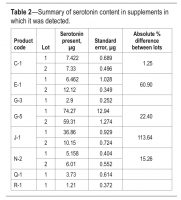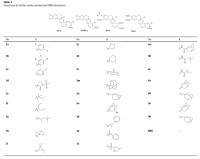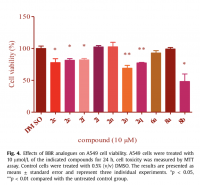Koveras
Member
- Joined
- Dec 17, 2015
- Messages
- 720
I was thinking just as a one‐time experiment. I would like to match each neurotransmitter to the thought processes, feelings, and idiosyncracies which characterize them; dopamine, histamine, and serotonin are neurotransmitters that I'd like to get a feel for.
Yesterday, I think the serotonin from the massive amounts of chicken eggs had become melatonin—basicially methylated and acetylated serotonin—despite having been in a well‐lit environment. [Now, I do know exactly what melatonin feels like since I have it in the cabinet, and had taken it twice.] It's rather clownish; I had found myself watching music videos on YouTube from the '80s, but actually enjoying them! [⁉]
I usually hate '80s music, but for some reason David Bowie's Let's Dance, Queen's Under Pressure, and even the Talking Heads' Burning Down the House seemed like good things to watch. But thankfully, I'm feeling much better now.
[And also thankful that it wasn't bad enough to watch this.]
Maybe you do know what serotonin feels like
Melatonin Natural Health Products and Supplements: Presence of Serotonin and Significant Variability of Melatonin Content
"Melatonin content did not meet label within a 10% margin of the label claim in more than 71% of supplements and an additional 26% were found to contain serotonin. "















